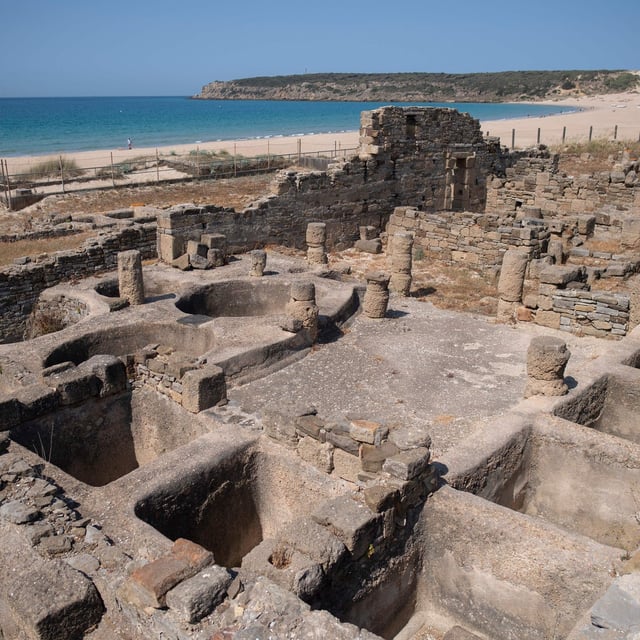Overview
- Archaeologists excavated a cesspit in Pollentia, Mallorca, dating to around 10 BCE, uncovering 165 thrush bones among other faunal remains.
- A May 2025 study published in the International Journal of Osteoarchaeology reveals that these birds were pan-fried at roadside shops known as tabernae.
- The prevalence of thrush remains indicates that ordinary Romans routinely snacked on fried songbirds rather than reserving them for elite banquets.
- Evidence of sternum removal shows vendors flattened thrushes to accelerate cooking and ensure consistent portion sizes.
- Researchers propose that seasonal migratory patterns of thrushes enabled vendors to diversify offerings and stabilize their businesses.

